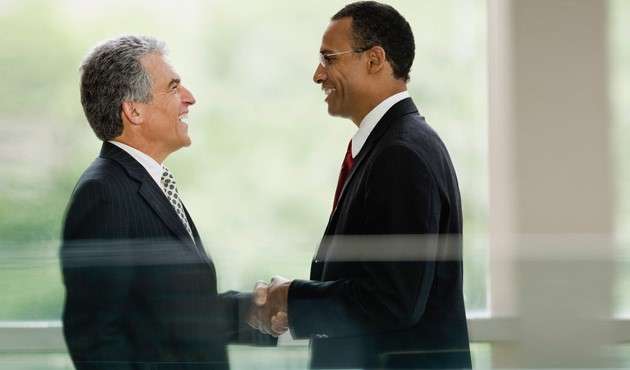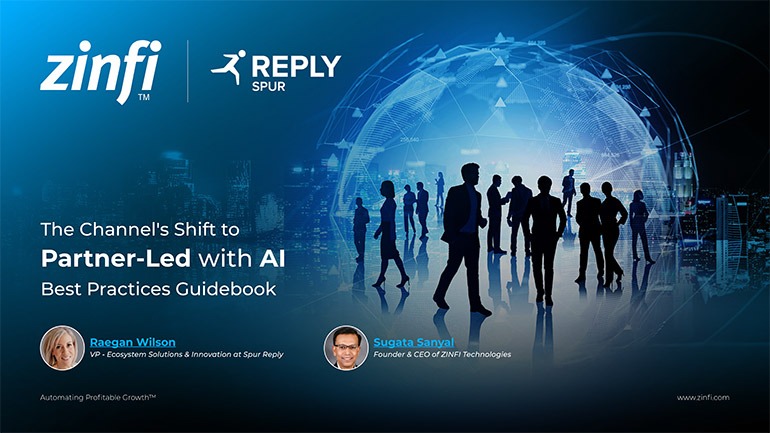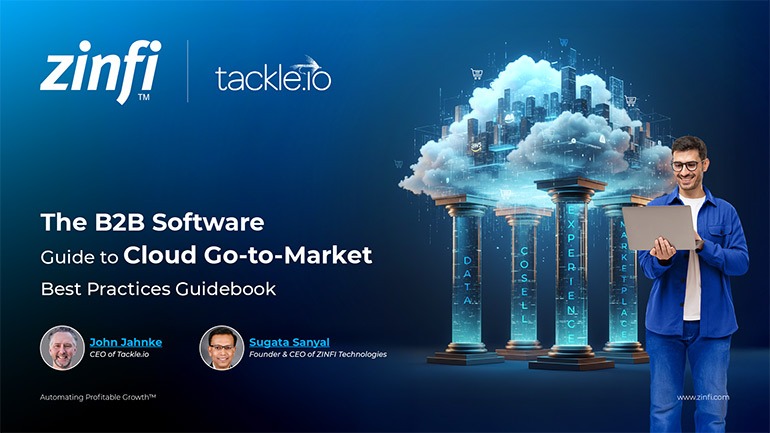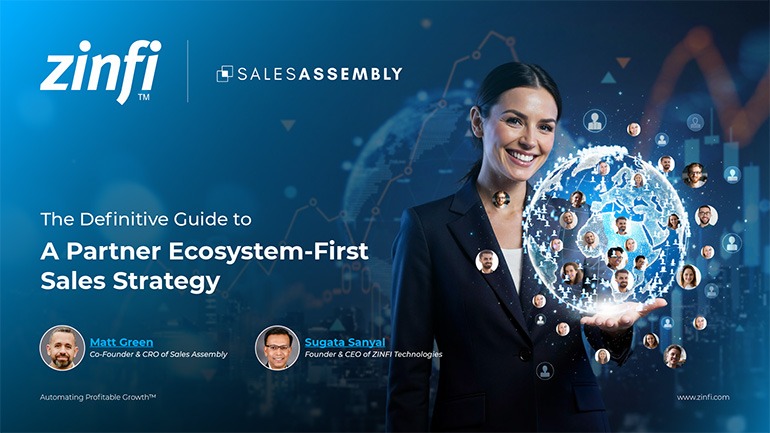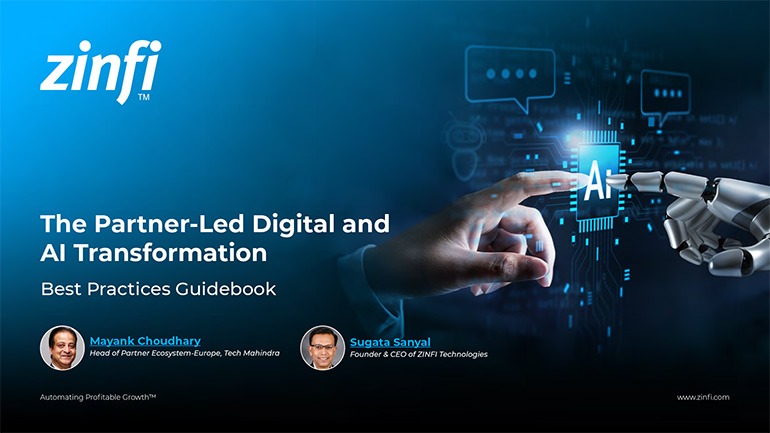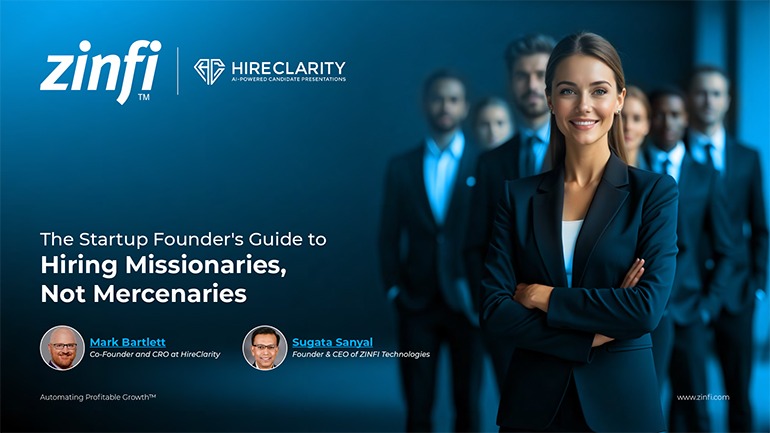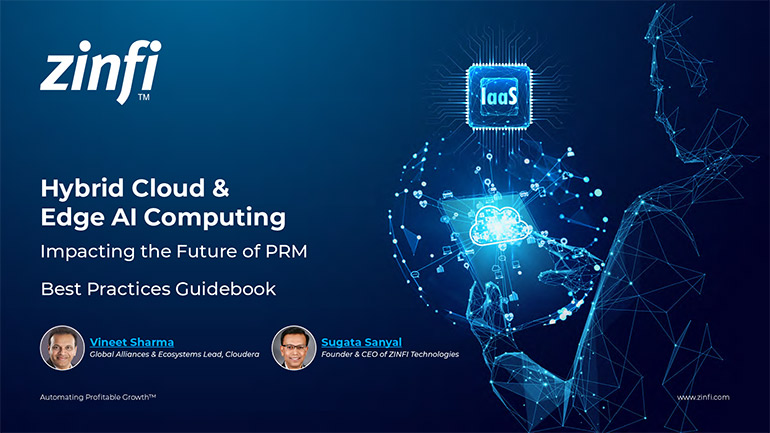Nelson Wang founded his consulting business, Partner Principles, to ensure Partner Leaders have the lessons, principles, and frameworks they need to be successful. He observed that many leaders rely on tactics and playbooks that often fail to translate successfully from one company to the next. The significant "light bulb moment" for him came from mentors who taught him about First Principles Thinking and frameworks, which radically improved the quality and outcomes of his work. This approach allows leaders to apply universal principles to any company, regardless of the ideal customer or partner profile. The core goal is to share lessons from 20 years of operating in partnerships, enabling people to achieve success more quickly and effectively, ultimately reducing stress and long hours.
The most important of these first principles is Customer Centricity. When consulting, Wang anchors companies on the customer by asking critical questions: Who is your Ideal Customer Profile (ICP)? What is their customer journey? What specific pain are you solving, and what are the business implications of not solving that pain? Only by deeply understanding the customer problem can a company then determine the right partner types and strategy to put in place. A customer-centric view provides a clear focus on where to go, what resources to allocate, and where to invest energy, which yields a much better answer compared to testing multiple partner types and spreading resources too thin. This principle remains vital across the entire Partner Ecosystem and guides strategic decision-making.
Another foundational first principle is operating as One Team. Far too often, partnership teams operate in silos and do not work cross-functionally with other teams to augment and amplify their efforts. Integrating partnerships into the core workflows of these teams, such as marketing initiatives, can significantly amplify efforts. For example, if a partner is included in a webinar, they might double the attendance among their customer base, thereby immediately doubling the business impact. This strategic alignment ensures that the collective impact on the industry is magnified because teams worked together toward a common core principle, demonstrating how partnership success can be supercharged through a one-team approach.
